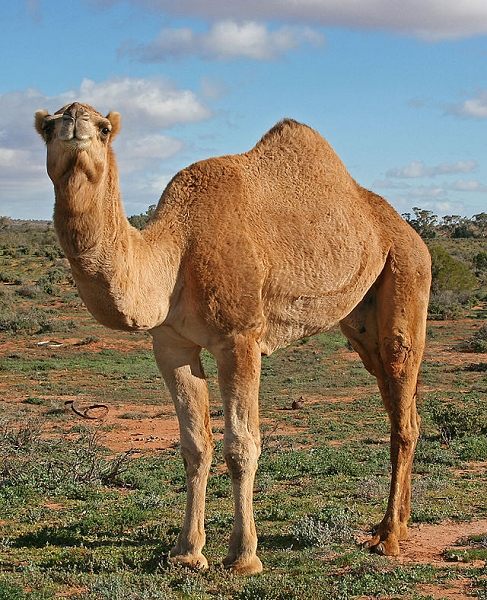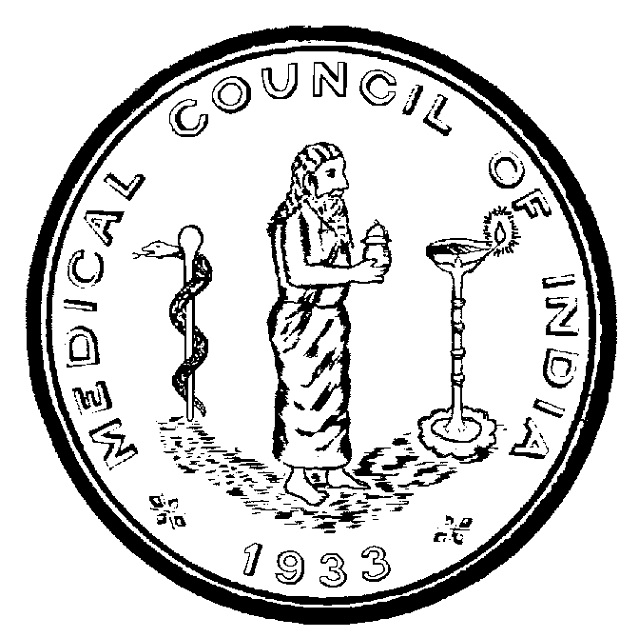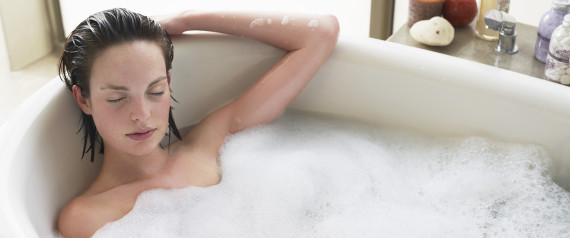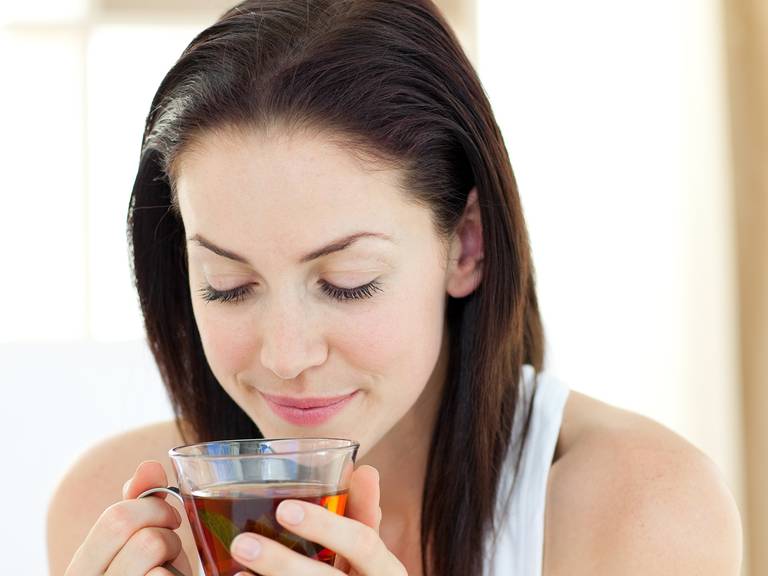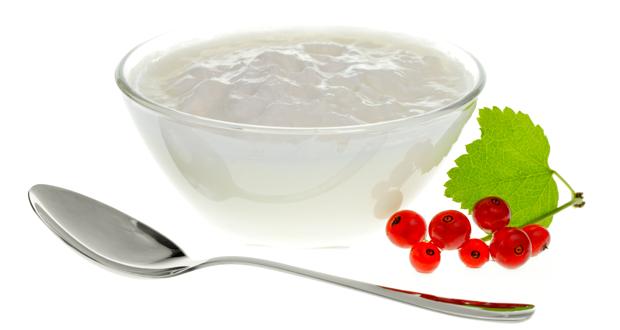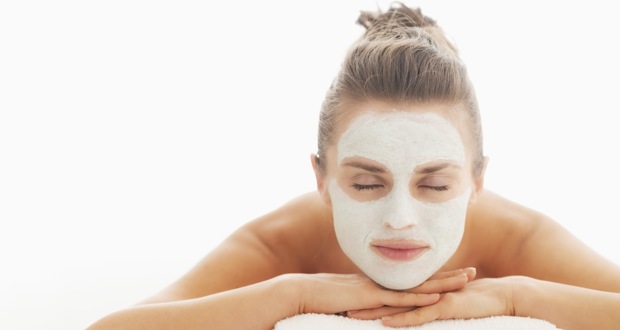A 111-year-old New Yorker who had been certified as the oldest man in the world has died.
Alexander Imich died Sunday morning at a senior residence in Manhattan, his niece, Karen Bogen
Imich was certified as the oldest man in the world this April by the Gerontology Research Group of Torrance, California. “He was remarkable,” Bogen said.
“He was so independent until very recently, and he just had an incredible curiosity about life.” Imich was born in Poland on February 4, 1903, according to a longtime friend in New York, Michael Mannion.
He and his wife, Wela, fled Poland when the Nazis took over, survived a labor camp in Russia and in 1951 moved to the United States, Mannion said. His wife, who was a prolific artist and therapist in New York, died in 1986, according to Bogen.
“His apartment was filled with her artwork,” she said. They had no children.
Mannion told that when Imich learned he was the oldest man in the world, he “enjoyed the attention.”
“It was his work that he was most proud of, and he was happiest when the attention included his scientific work,” Mannion said.
Despite a doctorate in zoology, Imich’s passion was investigating paranormal activity, Mannion said. He detailed his encounters with the supernatural in “Incredible Tales of the Paranormal,” a journal that was published when he was 92.
While Imich’s lengthy life can be attributed to diet, exercise and nutrition, Mannion says his great passion and curiosity for life were the real keys to his longevity.
“He had such an ability to turn adversity into something positive. That intense curiosity was there until the last days,” said Mannion, who had visited Imich the night before he died.
A 116-year-old Japanese woman, Misao Okawa, is the world’s oldest living person, according to the Gerontology Research Group. The title of world’s oldest man now goes to Sakari Momoi, also of Japan, who was born just a day after Imich in 1903, the group said.
Source: cnn



